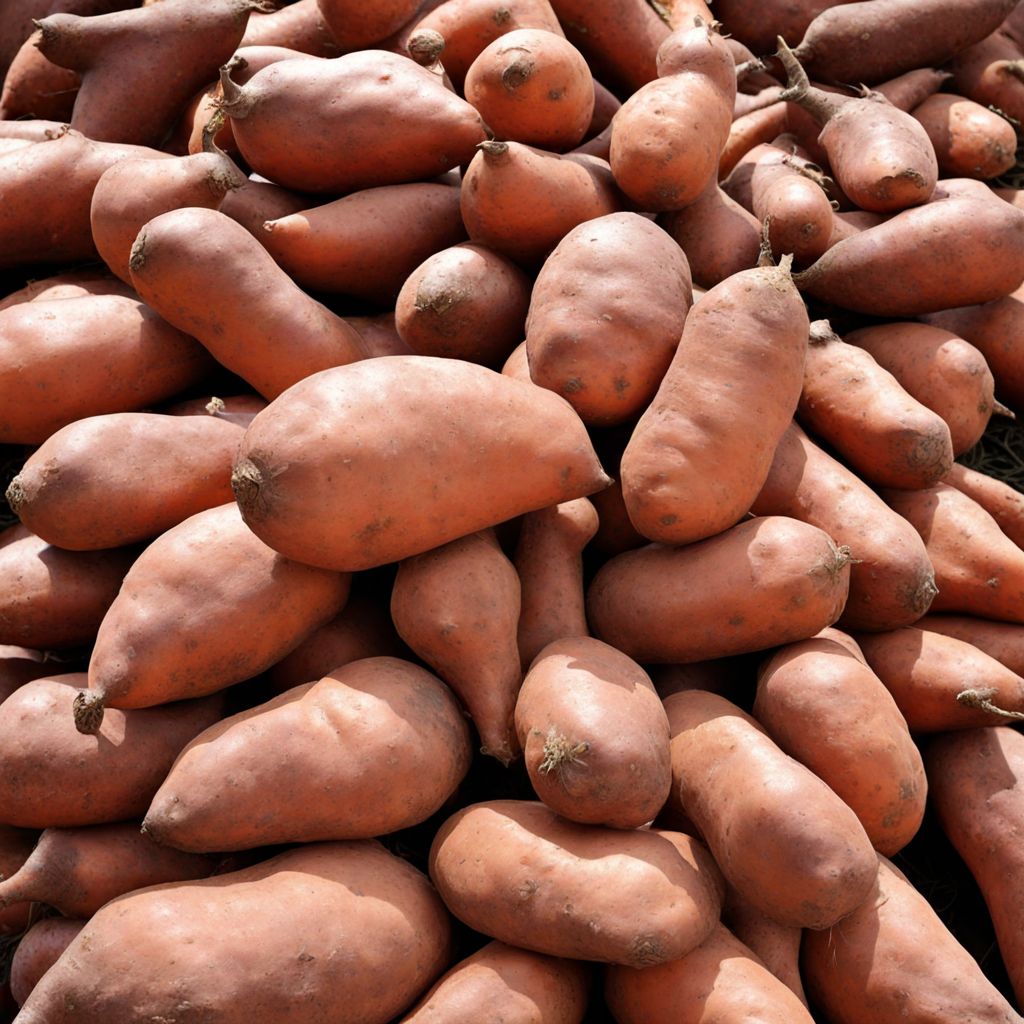Porridge
Porridge in Eswatini, locally known as 'Sishwala,' is a beloved staple that embodies the heart of Swazi culinary tradition. Made primarily from maize meal, this dish is boiled in water until it reaches a thick, smooth consistency. The texture is creamy and comforting, making it a perfect base for various toppings and accompaniments. Typically enjoyed for breakfast or as a side dish, Sishwala holds a special place in the daily lives of the Swazi people, often served to provide nourishment and energy for the day ahead. What sets Eswatini's porridge apart is the way it is infused with local flavors and ingredients. While the basic maize porridge is delicious on its own, many Swazis enhance it with a touch of sugar or honey for sweetness, or serve it alongside savory dishes such as vegetables, greens, or meat stews. The combination of the mild, hearty porridge with these flavorful dishes creates a delightful contrast, making each bite a new experience. The versatility of Sishwala allows it to adapt to various palates and preferences, inviting exploration and creativity in the kitchen. In addition to its taste, Sishwala is rich in cultural significance, often prepared during communal gatherings and festivities. It brings people together, as families and friends share hearty bowls, fostering a sense of community and connection. As you savor this unique dish, you not only indulge in a comforting meal but also partake in the vibrant traditions of Eswatini, experiencing the warmth and hospitality that is characteristic of Swazi culture.
How It Became This Dish
The History of Sishwala: A Culinary Treasure from Eswatini Origins and Ingredients Sishwala is a traditional dish from Eswatini, a landlocked kingdom in Southern Africa, rich in cultural heritage and culinary traditions. The dish is primarily made from maize meal, similar to polenta or porridge, and is often served with a variety of accompaniments, imparting both sustenance and flavor. The origins of Sishwala can be traced back centuries, deeply intertwined with the agricultural practices of the Swazi people. The staple ingredient, maize, was introduced to the region by Portuguese traders in the 16th century. Prior to maize, the Swazi diet consisted mainly of sorghum and millet. The introduction of maize revolutionized local agriculture and cuisine, allowing for the development of new dishes, including Sishwala. Over time, maize became a staple crop in Eswatini, and Sishwala emerged as a beloved dish that showcases the versatility of this grain. The preparation of Sishwala involves boiling maize meal in water until it reaches a thick, porridge-like consistency. Traditionally, it is prepared over an open fire, which adds a distinct smokiness to the dish. The texture is smooth and creamy, making it an ideal base for a variety of toppings and sauces. Cultural Significance Sishwala holds significant cultural value in Eswatini, serving as more than just a meal. It embodies the essence of Swazi hospitality and communal living. Traditionally, meals are shared among family and friends, with Sishwala often being the central dish during gatherings and celebrations. It brings people together, fostering a sense of unity and togetherness. In Swazi culture, food is often linked to social status and identity. Sishwala is an egalitarian dish, accessible to all socioeconomic classes, which contributes to its widespread popularity. It is commonly enjoyed during important events, such as weddings, funerals, and community festivals, symbolizing the cyclical nature of life and the importance of family and community ties. Moreover, Sishwala is a dish that reflects the agricultural calendar of Eswatini. It is often prepared during harvest season when maize is plentiful. The act of cooking and sharing Sishwala during these times serves as a celebration of the land's bounty and the hard work of the farmers. It is also a time for storytelling and passing down traditions, as elders share knowledge and tales from the past while enjoying the meal. Development Over Time As Eswatini has evolved, so too has the preparation and presentation of Sishwala. While the traditional form remains deeply cherished, modern influences and culinary trends have inspired variations of the dish. Today, Sishwala can be found in both its authentic form and in fusion recipes that incorporate international flavors and techniques. In urban areas, Sishwala has been adapted to cater to contemporary tastes. Chefs and home cooks alike have begun to experiment with different ingredients, such as adding vegetables, spices, or protein, transforming the dish into a more complex meal. For instance, Sishwala is frequently served with rich meat stews, vegetables, or spicy sauces, creating a delightful contrast of flavors and textures. Furthermore, the rise of the tourism industry in Eswatini has also played a role in the evolution of Sishwala. As visitors seek authentic culinary experiences, local chefs are embracing this opportunity to showcase traditional dishes. Cooking classes, food festivals, and cultural events often feature Sishwala, introducing it to a broader audience and encouraging a resurgence of interest in traditional foods. The globalization of food culture has also impacted Sishwala. With the advent of social media and cooking shows, traditional recipes are being shared and celebrated beyond national borders. This exposure has led to a renewed appreciation for Sishwala, prompting both locals and visitors to explore its roots and significance. Conclusion: A Culinary Legacy Sishwala is more than just a dish; it is a representation of the Swazi spirit and culinary heritage. Its history reflects the agricultural traditions, social structures, and communal values of the Swazi people. As Eswatini continues to navigate the complexities of modernity, Sishwala stands as a testament to the enduring power of food in connecting people to their culture and history. In an ever-evolving culinary landscape, Sishwala remains a beloved staple, bridging generations and serving as a reminder of the importance of tradition. Whether enjoyed in a rural homestead or an urban restaurant, Sishwala invites all to partake in the rich tapestry of Swazi life, making it an enduring symbol of the kingdom's identity. Through its preparation, sharing, and enjoyment, Sishwala continues to nurture not only the body but also the soul, preserving the legacy of Eswatini's culinary history for generations to come.
You may like
Discover local flavors from Eswatini







